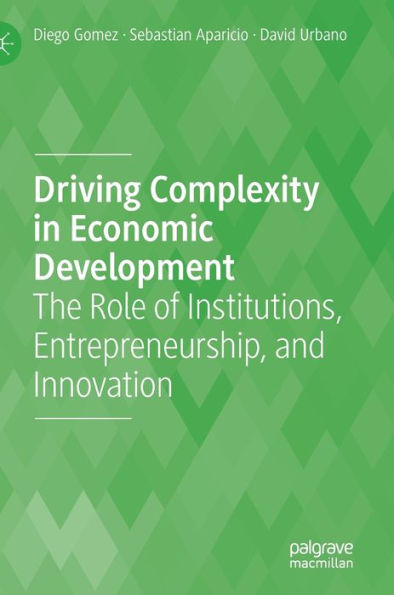Home
New Institutions for Socio-Economic Development: The Change of Paradigm from Rationality and Stability to Responsibility Dynamism



New Institutions for Socio-Economic Development: The Change of Paradigm from Rationality and Stability to Responsibility Dynamism
Current price: $113.99
Loading Inventory...
Size: Hardcover
The most significant factors influencing such changes are connected to the start of the Fourth Industrial Revolution (Industry 4.0), which is impacting all economic systems to a greater or lesser extent. The creation of the digital economy and transition to Industry 4.0 particularly increases the significance of hi-tech for socio-economic development.
Secondly, there is now a transition underway from a period of unlimited globalization and comprehensive integration to more limited globalization and selective economic integration. The growing importance of regionalization on the global economic system is manifested in the formation and rapid development of new integration unions at the regional or country level (e.g., the EU and the EAEU), and company level (e.g., regional sectoral economic clusters, special economic areas, technological parks, and innovative networks).
Thirdly, there’s an urgent need for faster innovation, which leads to the formation of more innovative economies. The global financial crisis drew attention to the problems of managing sustainability and achieving balance in socio-economic development. The formation and exponential growth of the information society, based on digital technologies, is now stimulating the growth and significance of corporate social and environmental responsibility as a prerequisite for entrepreneurial success.
Thus, the paradigm of socio-economic development is changing from absolute rationality (economic effectiveness) and stability – which has historically been associated with problems of stagnation – to responsibility (limited and socially-oriented rationality) and dynamism (quick innovative development based on leading technologies). This book aims to provide a scientific substantiation for this new paradigm.


















